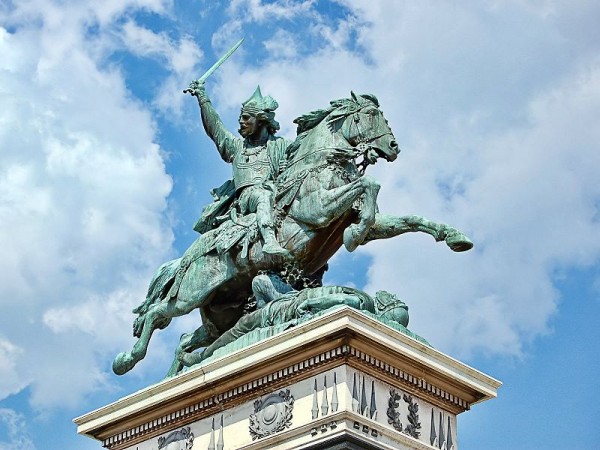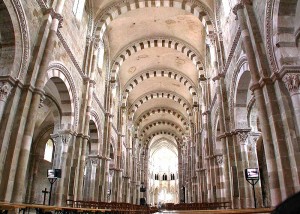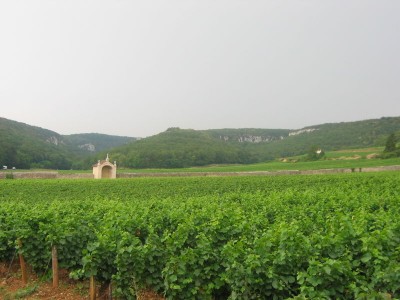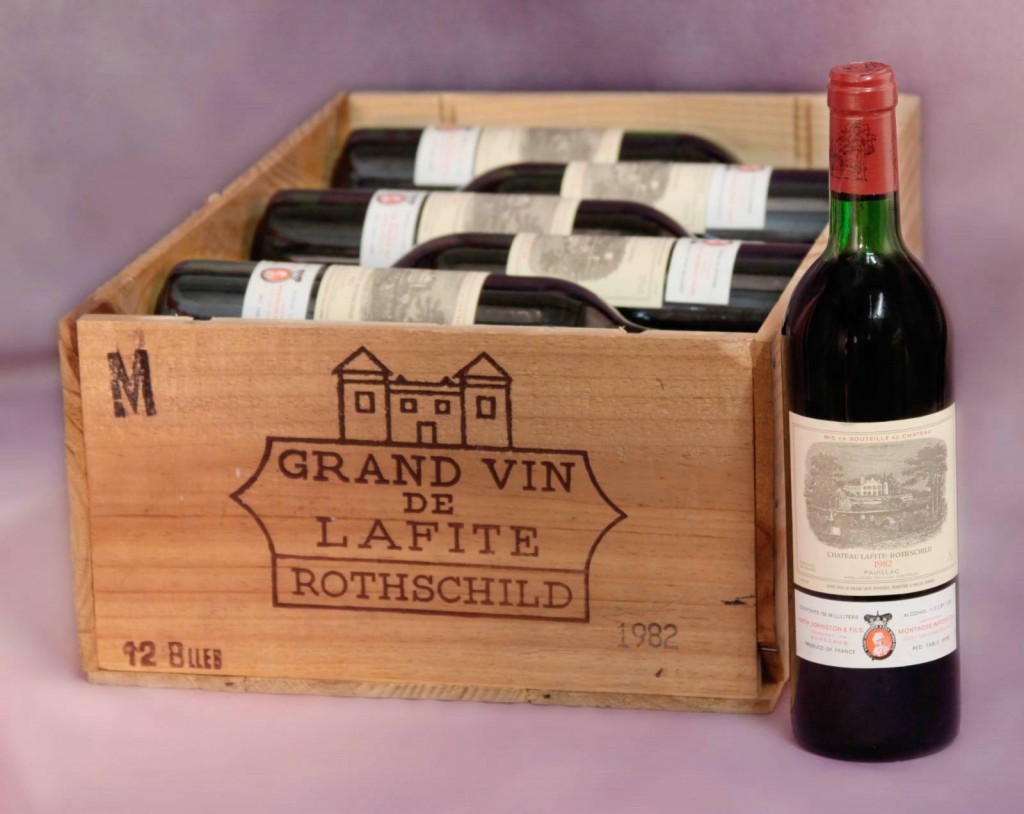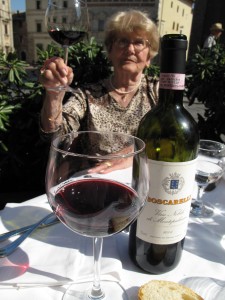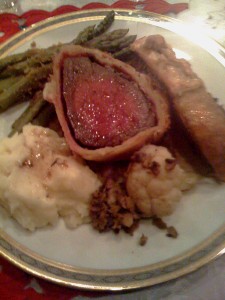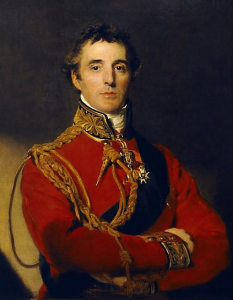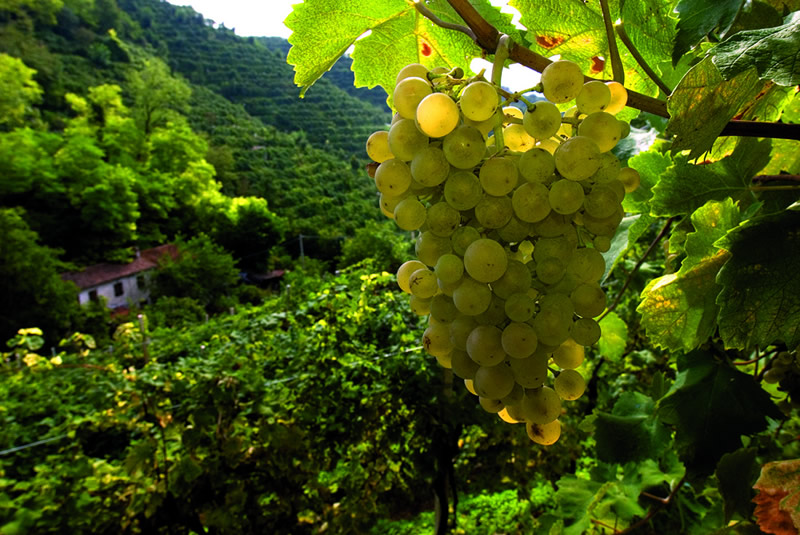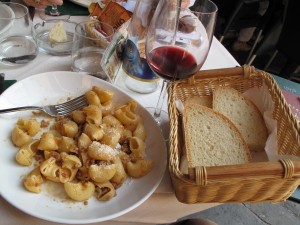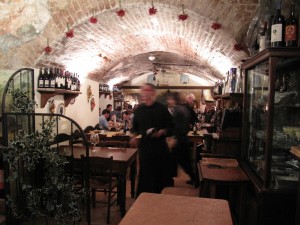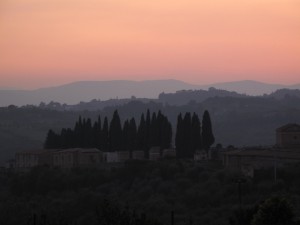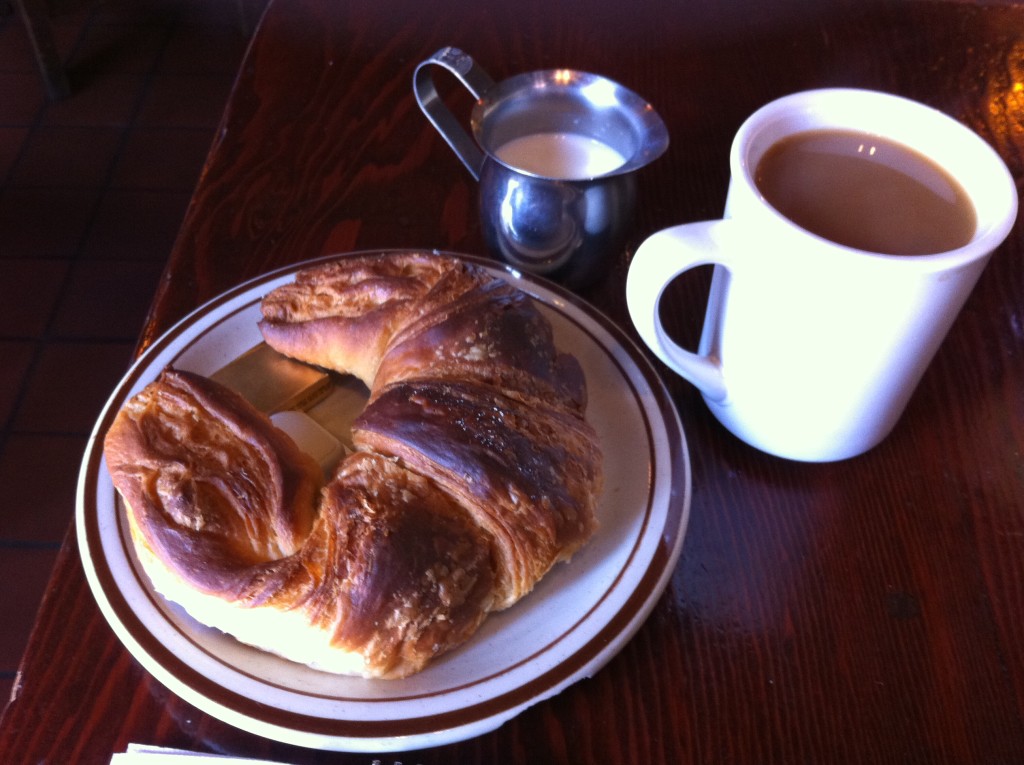
So, one starts the homage to the magnificent croissant with a story of its origin too good to be true – which of course it isn’t. When it comes to food, however, great stories don’t have to be true in order to be truly great, and this one has all the elements of greatness. The wonder bread known as the croissant which forms the perfect meal through its irresistible airiness, flakiness, and buttery goodness has its origins in legend, but is the more likely descendant of more mundane bakery craft. The concept of rolling plates of flour with intervening filling has many mothers of invention. The ancient kipferl, a similarly shaped yeast dough based baked layered roll designed to be sprinkled or glazed, projected out of the misty depths of the ancient Hungarian lands of southeast Europe. The recognizably modern croissant was essentially borne in a Parisian boulangerie in the 19th century that looked to mimic the pastry concepts of Vienna, achieving the lightness and richness through applying layers of butter between the plates of dough, battering the layers into thinness and cutting them into triangles that are rolled and twisted, pulling the ends into a crescent shape and baked. The wondrous magic is in the texture and taste, but the real romance is in the shape itself.
A pastry shaped as a crescent with origins in Vienna became linked with the city’s rich past.and a legend was born. Why shouldn’t such a glorious food have a heroic origin? And thus we recall the croissant as an eternal reminder celebrating the moment when western civilization, on the verge of submission to an alien culture, pulled itself together and emerged victorious. In 1683, at the Gates of Vienna, history was at one of those balance points. The zenith of of a 350 year unimpeded march of ottoman islam into the core of Christian Europe culminated at those gates, as the very future of european culture tremulously looked for a miracle way out.
The Ottoman Turks pushed from their homeland in Anatolia in 1299 to become the dominant caliphate of the muslim world, tied together through the culminating 16th century conquests of Suleiman the Magnificent. From Iraq to Egypt, Algiers to Budapest, the massive empire had consumed the previous islamic caliphates and put the final nail in the remnant of imperial Rome in defeating and subjugating the Byzantine Empire, its capital Constantinople and its provinces of southeastern Europe. The jewel of central Europe, Vienna, lay before it, and with it, the gateway into the residual Holy Roman Empire through control of the Danube waterway. Christian Europe of 1683 was an ungodly mess, barely through the devastation of the Thirty Years War, that left its economies devastated and a third of its population dead. The squabbling power centers were constantly in conflict with each other, plotting to take land and riches with the first indication of weakness of a neighbor. The idea that Europe could focus mutually upon a threat as unified, powerful, sophisticated, and confident as the Ottomans seemed the stuff of wistful dreams.
The Ottomans were led by the Grand Vizier Kara Mustafa Pasha, a general in charge of an estimated 130,000 troops against grim city walls and a local Hapsburg Austrian force of an estimated 15000 led by an opposing general grandly named in hapsburgian fashion, Ernst Rüdiger Graf von Starhemberg. Consistent with their desire to subjugate when possible rather than destroy captured value, Mustafa settled into a strangulating siege of the city, blocking all sources of food progressively starving the inhabitants. The rings of siege were moved ever closer to the walls with tunnels dug to allow placement of explosive at the walls to take them down. From such facts the legend grew that the bakers of the city, first to rise in the night to prepare the bread of the diminishing food supply, heard the tunneling actions and warned the city guards sufficiently in time to prevent a breach of the wall.
Heroic bakers were not going to be enough to turn back the irresistible Islamists. It would take a Polish King named Jan III Sobieski. Sobieski, the leader of one of Europe’s largest states, the Polish Lithuanian Confederation, did not sit back when the threat presented at his southern flank. He gathered his army led by Europe’s greatest heavy cavalry, the Hussars, and sought the cooperation of the multitude of less virtuous leaders that stood between him and Vienna. The Hapsburg , Holy Roman , and French royals had to not only resist combatting his effort but additionally underwrite its enormous expense. Hordes that had invaded Europe had a way of focusing their attention, however, and having a King willing to fight when all others were fatigued by war was a godsend. On September 12, 1683, the Ottomans determined to have it out and settle the issue. The battle was vicious and extended with the outcome in doubt, until twilight when, out of the Viennese woods, Sobieski came into the late afternoon sun, and smashed into the Turkish flank. In the largest recorded cavalry charge, 18000 Polish Hussars crushed in the Ottoman flank and the rout was on. The victory became total, Vienna was saved, and the defeated Mustafa Pasha met the end of defeated islamic generals, a silk cord garrotment of the neck by his own troops.
The city was said to have celebrated by commemorating the victory by having its hero bakers who had played their role in blunting the Turks prepare a pastry. It was a baked good that would be shaped into a crescent to forever more remind all of the victory against the soldiers of islam, led by their crescent symbol. The wondrous victory would always be associated wtih the wondrous pastry, and the romantic origin of the croissant was identified.
Except of course, that not how the croissant originated. It would be an additional two hundred years before anybody would determine a recipe for the fantastic pastry we recognize today. No matter. The glory of the croissant resonates with us, even if the story told is a wonderful myth. Me? I like my myths, with coffee, thanks.

